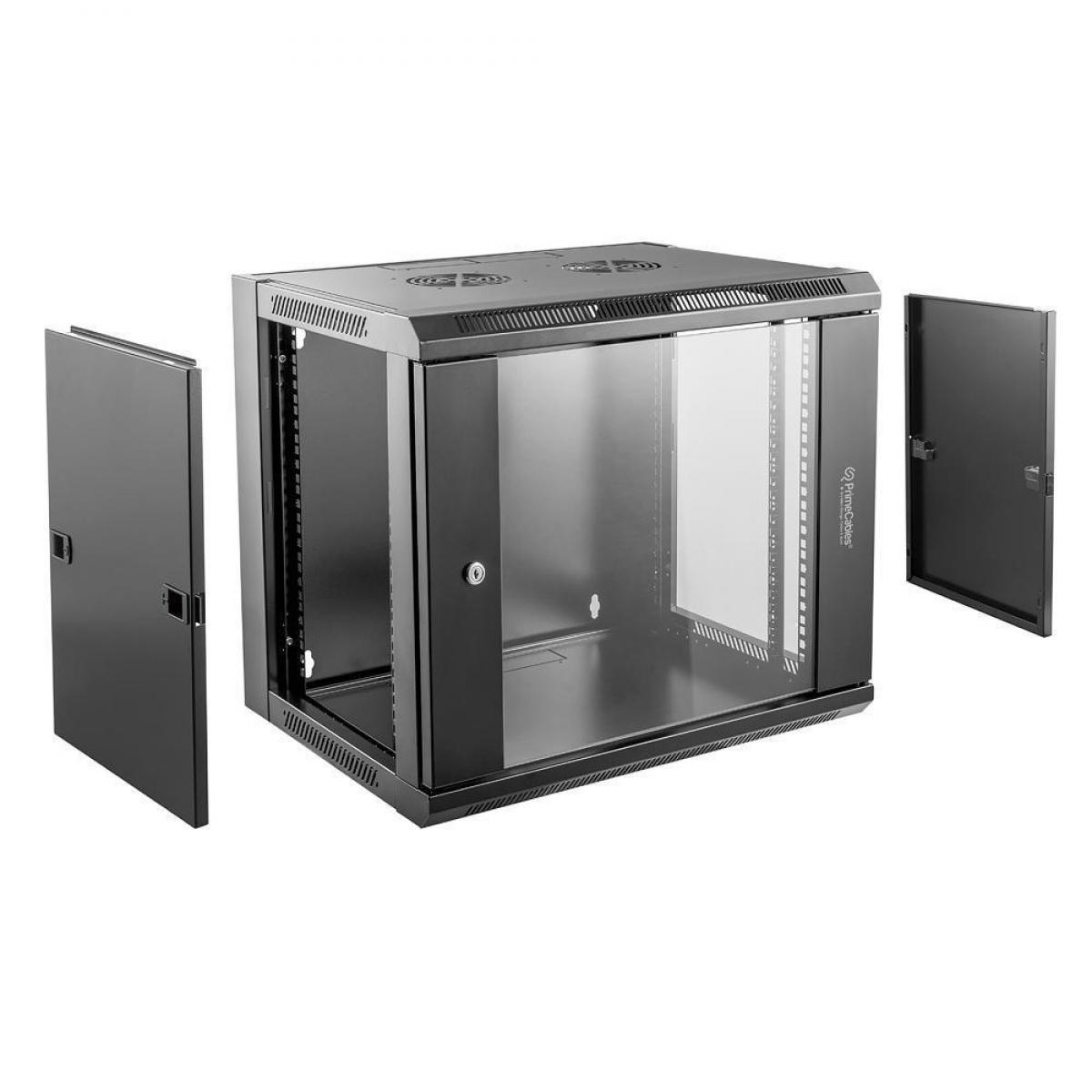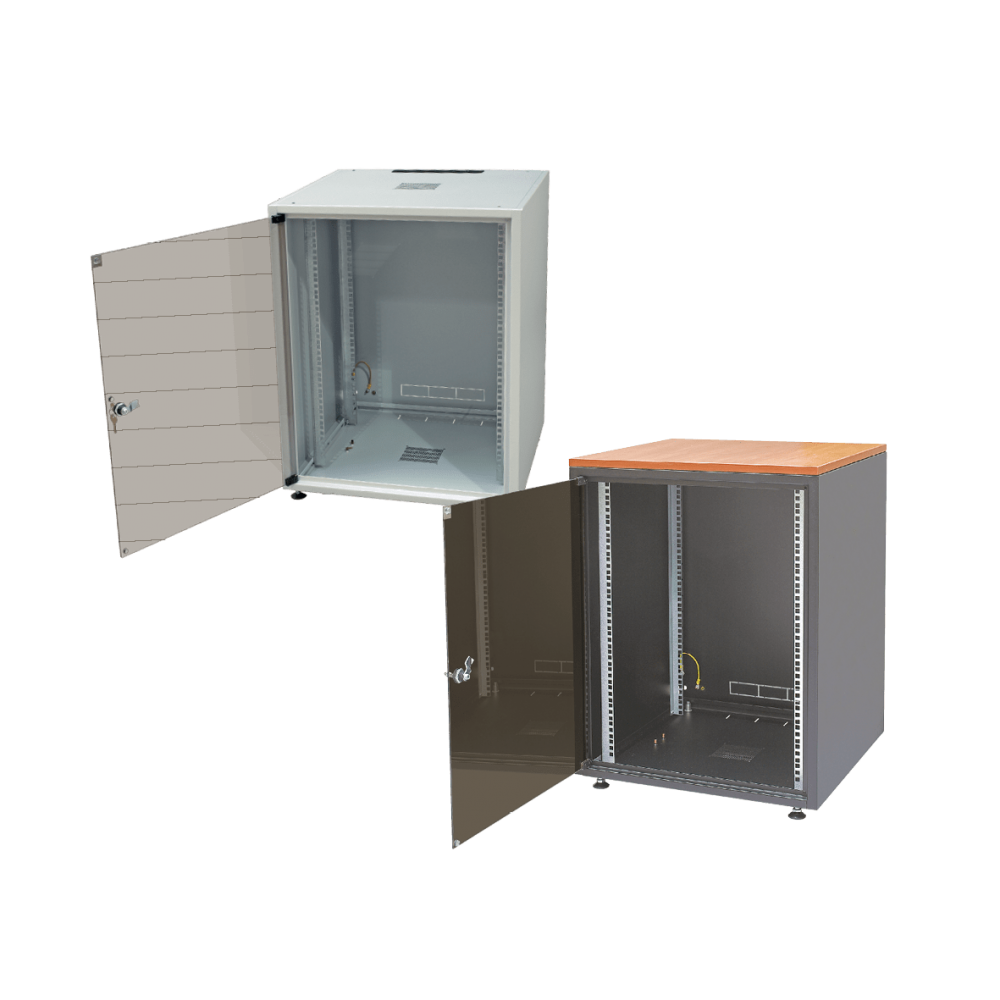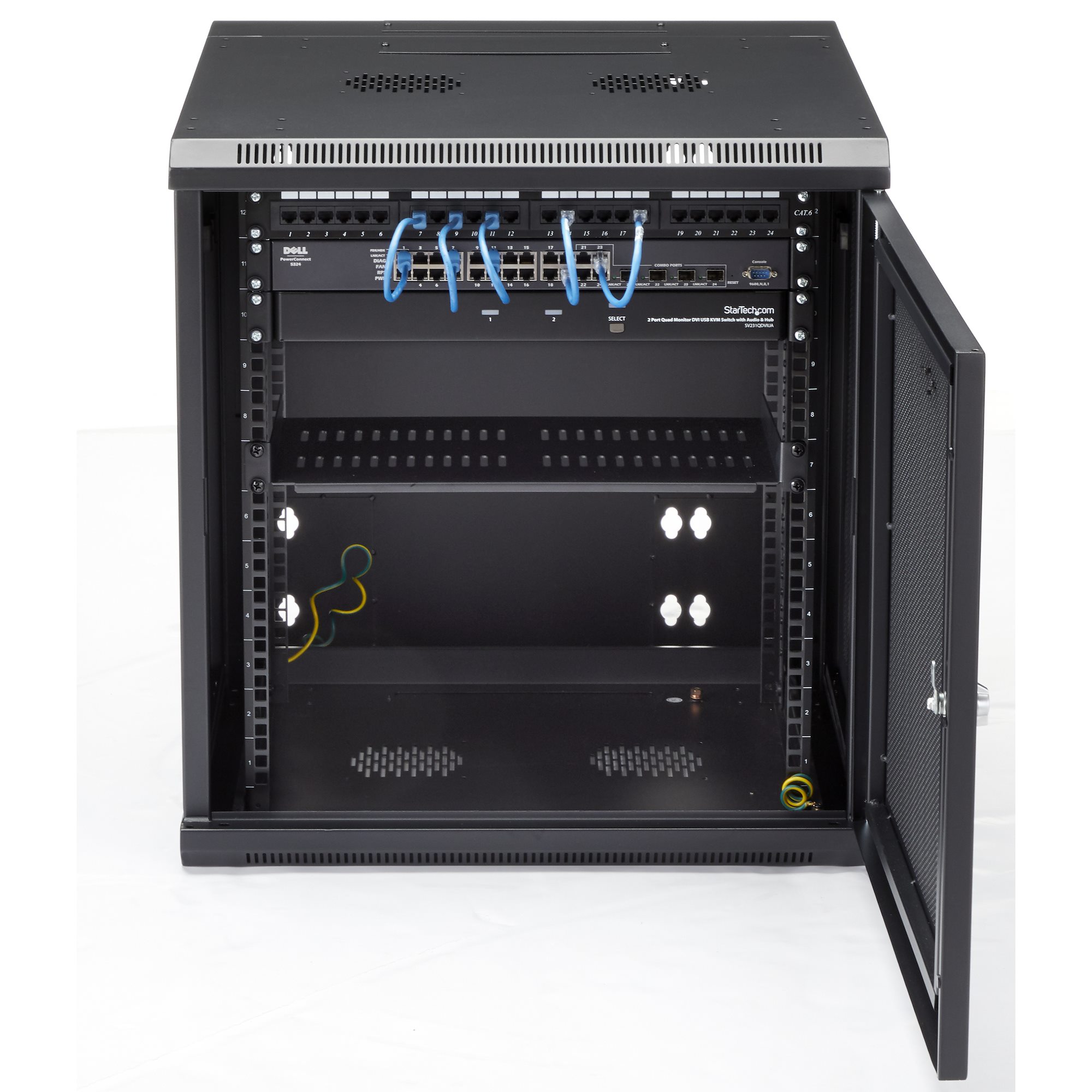The Need for Secure Laptop Storage with Network Access: Laptop Storage Cabinet With Network

In today’s digital age, laptops are essential tools for businesses and individuals alike. However, the increasing reliance on these devices also presents significant security risks. A secure laptop storage cabinet with network connectivity addresses these concerns, offering a comprehensive solution for safeguarding valuable assets and ensuring seamless access to data.
Benefits of Secure Laptop Storage with Network Access
A laptop storage cabinet with network access offers numerous advantages for businesses and individuals. This type of storage solution provides a secure environment for storing laptops, protecting them from theft, damage, and unauthorized access. The network connectivity feature allows users to access their laptops remotely, enabling flexible work arrangements and streamlined operations.
- Enhanced Security: The cabinet’s physical security features, such as reinforced doors, locks, and intrusion detection systems, deter unauthorized access and safeguard valuable equipment. Access control systems can further restrict access to authorized personnel, ensuring that only authorized individuals can retrieve laptops.
- Data Protection: The network connectivity feature allows businesses to implement robust data protection measures, such as encryption and remote wiping capabilities. This helps protect sensitive data from unauthorized access and ensures that even if a laptop is lost or stolen, the data remains secure.
- Improved Efficiency: Remote access to laptops stored in the cabinet allows users to access their files and applications from anywhere, anytime. This flexibility can significantly improve productivity and streamline workflows, especially for mobile workforces or businesses with remote offices.
- Cost Savings: A secure laptop storage cabinet can help businesses reduce costs associated with lost or stolen laptops, as well as data breaches. The cabinet’s security features minimize the risk of these incidents, saving businesses time, money, and resources.
Industries and Situations Where Secure Laptop Storage is Beneficial
Secure laptop storage cabinets with network access are particularly beneficial in various industries and situations, including:
- Healthcare: Hospitals and clinics rely heavily on laptops for patient records, medical imaging, and other critical data. A secure storage cabinet helps protect this sensitive information from unauthorized access and ensures compliance with HIPAA regulations.
- Financial Institutions: Banks and financial institutions handle sensitive financial data, making secure storage of laptops essential. A storage cabinet with network access provides a secure environment for storing laptops and allows for remote access to financial applications.
- Government Agencies: Government agencies handle confidential information, including classified documents and sensitive data. Secure laptop storage cabinets with network access are essential for safeguarding this information and meeting security regulations.
- Educational Institutions: Schools and universities often use laptops for student work, research, and administrative tasks. A secure storage cabinet helps protect valuable equipment and sensitive data from theft or unauthorized access.
- Mobile Workforces: Businesses with mobile workforces, such as sales teams, field technicians, and delivery drivers, need a secure way to store laptops when not in use. A secure storage cabinet with network access allows these employees to access their laptops remotely and stay productive while on the go.
Features and Functionality of Laptop Storage Cabinets with Network

Laptop storage cabinets with network capabilities are designed to provide secure and efficient management of laptops, offering a range of features to enhance security, convenience, and productivity. These cabinets combine physical security with network access, enabling centralized control and monitoring of devices.
Charging Stations
Charging stations are a fundamental feature of laptop storage cabinets, ensuring that all laptops are fully charged and ready for use. The cabinets typically incorporate multiple charging outlets, allowing for simultaneous charging of all devices. Some cabinets feature intelligent charging systems that monitor battery levels and adjust charging output accordingly, optimizing energy efficiency.
Power Management
Power management systems in laptop storage cabinets allow for control over power distribution and usage. This includes features such as:
- Power Scheduling: Setting specific times for charging or power-down cycles, optimizing energy consumption and extending battery life.
- Remote Power Control: Enabling administrators to remotely power on or off individual laptops or the entire cabinet, ensuring device availability or minimizing energy waste.
- Power Monitoring: Providing real-time data on power consumption and usage patterns, facilitating energy management and identifying potential issues.
Network Connectivity Options
Laptop storage cabinets offer various network connectivity options, allowing for seamless integration with existing IT infrastructure and providing secure access to data and resources.
- Wired Connectivity: Wired connections, typically through Ethernet ports, provide high-speed and reliable data transfer, ideal for applications demanding high bandwidth or requiring a secure connection.
- Wireless Connectivity: Wireless connectivity, utilizing Wi-Fi networks, offers flexibility and convenience, enabling users to access the network without physical connections. This is particularly useful for mobile devices or in environments where wired connections are impractical.
- VPN Connectivity: Virtual Private Networks (VPNs) establish secure, encrypted connections between devices and the network, enhancing security and privacy, especially when accessing sensitive data or connecting from remote locations.
Comparison of Network Connectivity Options
| Feature | Wired Connectivity | Wireless Connectivity | VPN Connectivity |
|---|---|---|---|
| Speed | Generally faster | Variable, depending on network conditions | Can be slower than wired, but faster than some wireless connections |
| Reliability | More reliable, less prone to interference | Can be affected by interference, distance, and network congestion | Dependent on the VPN service and network infrastructure |
| Security | Highly secure, especially when combined with network security measures | Vulnerable to security breaches if not properly configured | Enhances security by encrypting data and traffic |
| Flexibility | Less flexible, requires physical connections | Highly flexible, enables mobile access and device mobility | Flexible, but requires software installation and configuration |
| Cost | Typically less expensive | Can be more expensive, depending on network infrastructure and equipment | Requires subscription to a VPN service |
Network Management Features
Laptop storage cabinets often include advanced network management features, facilitating efficient administration and monitoring of connected devices.
- Centralized Network Access Control: Allowing administrators to control user access to the network, ensuring security and compliance with IT policies.
- Network Monitoring and Reporting: Providing real-time insights into network performance, traffic patterns, and device activity, enabling proactive troubleshooting and optimization.
- Network Security Features: Incorporating firewalls, intrusion detection systems, and other security measures to protect the network from unauthorized access and cyber threats.
Additional Features
- Environmental Monitoring: Some cabinets include sensors to monitor temperature, humidity, and other environmental factors, ensuring optimal conditions for device storage and operation.
- Security Features: Laptop storage cabinets often feature physical security measures, such as locking mechanisms, tamper-proof doors, and alarm systems, to protect devices from theft or unauthorized access.
- User Authentication: Cabinets may incorporate biometric authentication systems, such as fingerprint scanners or facial recognition, providing secure access for authorized users.
Implementation and Management of Laptop Storage Cabinets with Network

Implementing and managing a laptop storage cabinet with network connectivity requires careful planning and execution to ensure optimal security and efficiency. This section will guide you through the process of installing, configuring, and managing these cabinets for secure and streamlined laptop storage.
Installation and Configuration, Laptop storage cabinet with network
Installing and configuring a laptop storage cabinet with network connectivity involves several steps, ensuring the cabinet is properly integrated into your network infrastructure. The process typically includes the following:
- Physical Installation: Begin by choosing a suitable location for the cabinet, considering factors like accessibility, ventilation, and proximity to network infrastructure. Ensure the cabinet is securely mounted and properly grounded for electrical safety.
- Network Connectivity: Connect the cabinet to your network using a dedicated network switch or router. Configure the cabinet’s network settings, including IP address, subnet mask, and gateway, to match your network configuration.
- Software Installation: Install the necessary software on the cabinet’s built-in computer or server. This software typically includes a management console for controlling access, security settings, and other features.
- User Account Setup: Create user accounts for authorized personnel, assigning appropriate access levels and permissions. Ensure strong passwords and multi-factor authentication are implemented for enhanced security.
- Testing and Verification: After installation, thoroughly test the cabinet’s functionality, including network connectivity, user access, and security settings. Verify that all components are working as expected before deploying the cabinet for operational use.
Management Best Practices
Effective management of laptop storage cabinets with network connectivity is crucial for maintaining security, efficiency, and compliance. Implementing best practices helps ensure the system functions reliably and protects sensitive data.
- Regular Security Audits: Conduct periodic security audits to identify and address vulnerabilities. Update the cabinet’s software and firmware regularly to patch security holes and enhance protection.
- Access Control Policies: Implement strict access control policies, limiting access to authorized personnel and assigning specific roles and permissions based on job functions. This helps prevent unauthorized access and data breaches.
- Data Backup and Recovery: Implement a robust data backup and recovery strategy to safeguard against data loss due to hardware failure, software errors, or cyberattacks. Regularly back up data to an offsite location for disaster recovery purposes.
- Monitoring and Logging: Configure the cabinet’s software to monitor activity and generate logs of user actions, network traffic, and system events. This helps identify suspicious activity and track user behavior for security analysis.
- Compliance with Regulations: Ensure the cabinet’s management practices comply with relevant industry regulations and data privacy laws, such as HIPAA, GDPR, and PCI DSS. This ensures the cabinet meets legal and ethical standards for data protection.
Optimizing Efficiency and Security
Optimizing the use of laptop storage cabinets with network connectivity for maximum efficiency and security involves implementing strategies that streamline workflows and enhance data protection.
- Centralized Management: Utilize the cabinet’s management console to centralize user account management, access control, and security settings. This simplifies administration and ensures consistent security policies across the system.
- Automated Processes: Implement automated processes for tasks such as user provisioning, password resets, and data backup. This frees up IT staff time and reduces the risk of human error.
- Remote Management: Enable remote management capabilities for the cabinet, allowing IT staff to monitor and control the system from any location. This enhances flexibility and reduces the need for on-site visits.
- Security Awareness Training: Conduct regular security awareness training for users to educate them on best practices for handling laptops, accessing the storage cabinet, and reporting suspicious activity. This helps foster a culture of security within the organization.
The functionality of a laptop storage cabinet with network access mirrors the desire for organization and connectivity within the home. Just as a well-designed laptop cabinet can streamline digital workflows, outdoor TV cabinet ideas can transform an outdoor space into a haven for entertainment and relaxation.
Similarly, a thoughtfully designed laptop storage cabinet with network access can become a central hub for both personal and professional tasks, seamlessly integrating technology into daily life.
While a laptop storage cabinet with network connectivity offers practical functionality, a tall mirrored storage cabinet provides a distinct aesthetic appeal. The latter, with its reflective surface and elegant design, can elevate a room’s ambiance, transforming a functional space into a stylish haven.
Similarly, a laptop storage cabinet with network can be seamlessly integrated into a home office setup, blending practicality with modern design, creating a cohesive and efficient workspace.
